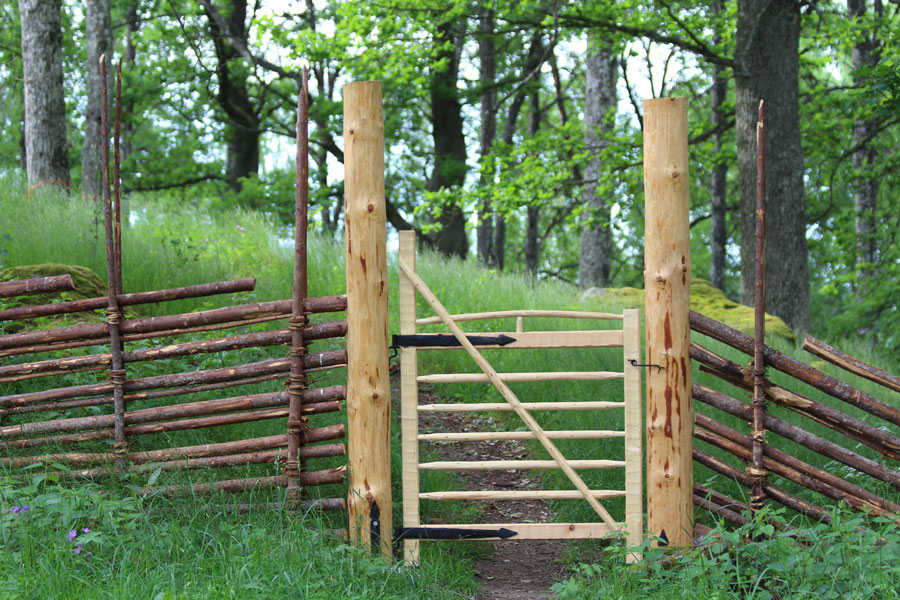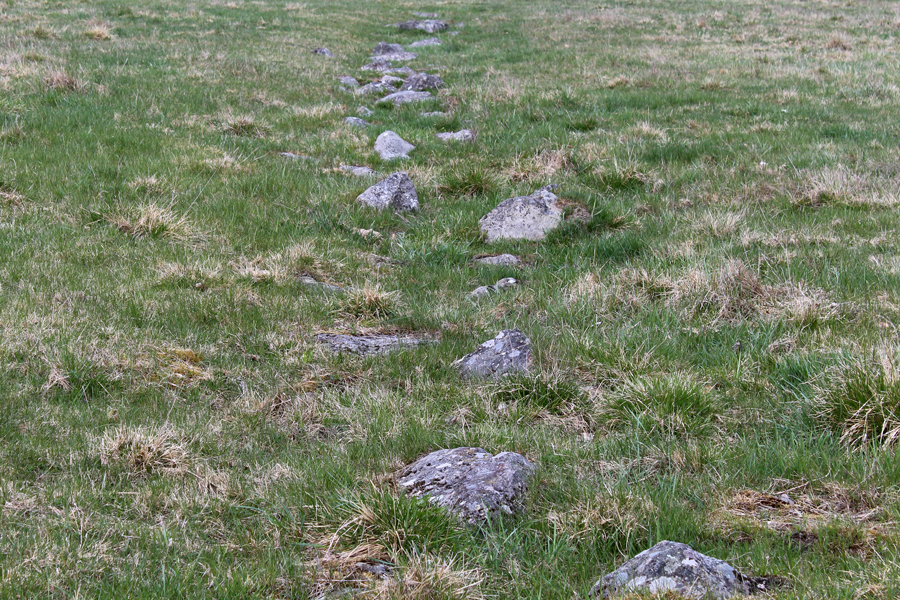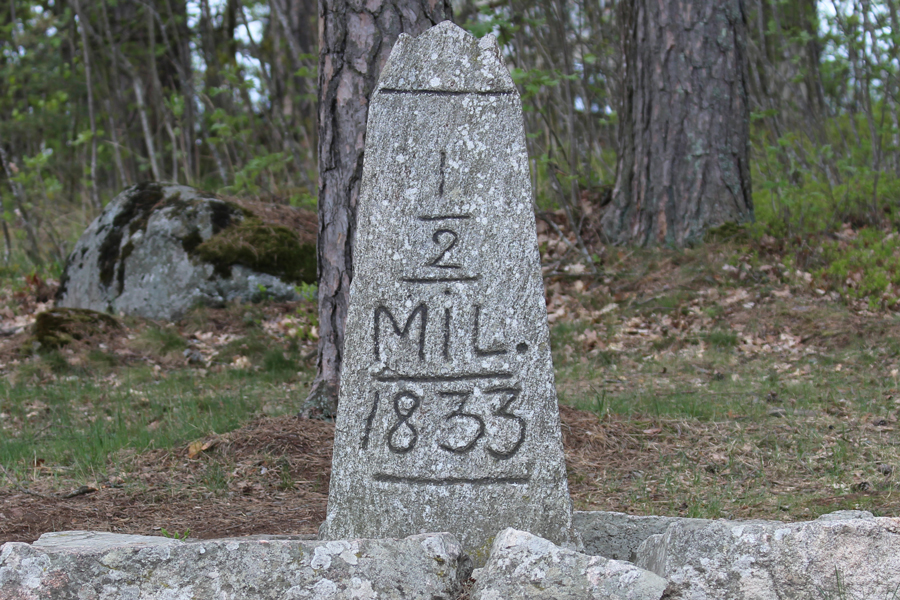Prehistoric Relics

Several prehistoric relics on Museum grounds indicate that people have lived at Vallby since the Stone Age. Most of the relics, however, are from the Iron Age. They can be found throughout the Museum.
Burial Mounds
At the north end of the Museum is a burial ground that consists of 20 monuments from the Iron Age.
Most notable is a burial mound called Jämmerung’s Mound. According to legend, a battle between two armies took place at this site. A prince named Jämmerung was killed in action in the field by the river and was buried on top of the hill.
In addition to the mound, there are sixteen circular and one oval ring outlined in rocks, a trident, and a rock, almost a half meter long, that stands erect.

Row of Rocks
Along the river in the area that is now meadow and pastureland is a row of rocks. The rocks could be the remains of an old stone wall that was probably built about 2000 years ago.
Rock walls often marked the boundary between a village with buildings and cultivated fields and its surroundings of forest and open pasture.
Cup marks
Several large rocks at the Museum have hollowed out cavities that look like bowls. Cup marks are common in this region and date from the Stone Age onward. Another name for them is ‘elf mills’.
According to legend, elves were dangerous creatures that could cause disease in people who angered them. If a person rubbed the elf mill with fat or left a coin in the bowl, the disease would go away.

Milestones
Three milestones are on display at the Museum. One is cast iron, and painted black and gold. It is marked ‘G III’, which stands for the name of the king at that time, Gustaf III. It also shows the year 1779 and indicates one-fourth (Swedish) mile (one Swedish mile ≈10.7 km).
The other two milestones are stone, and indicate one-half mile in the year 1833.
Milestones are road markers that were used throughout the country between 1649 and 1877. They showed the distance to the nearest inn. By law, innkeepers were required to provide transportation for travellers. They could also provide food and lodging.




